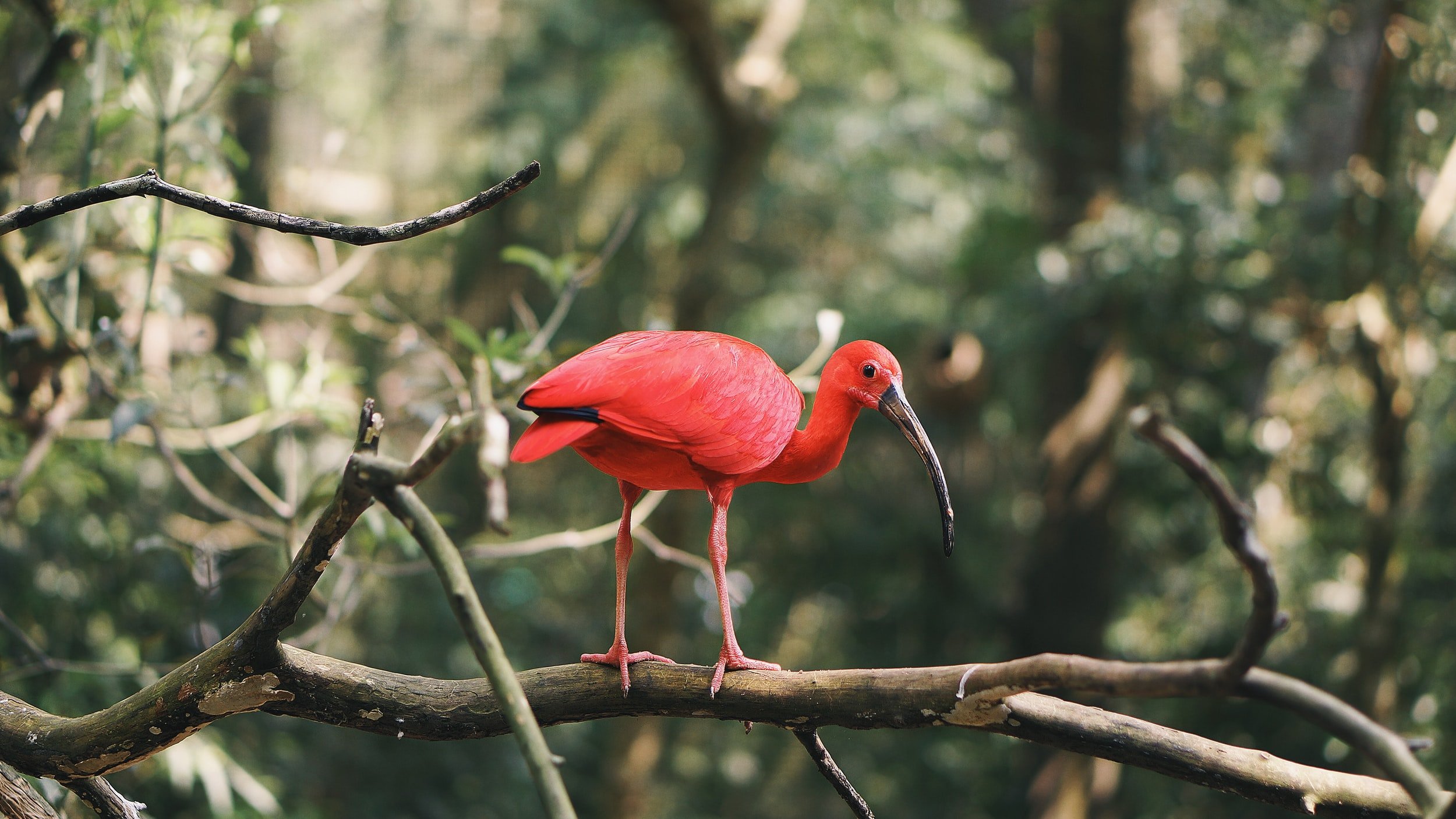Benefits of Mangroves - Socio-economic
Mangroves can offer a wide range of social and community benefits both to local and global communities.
Mangroves are one of the most productive and biologically complex ecosystems on Earth. The mangrove root systems below the water provide safe nesting and breeding habitats for fish and shellfish. The fish species which thrive in mangrove forested areas can create jobs for local fishermen and provide a source of protein in the diets of the local communities. In fact, it has been estimated that 80% of the global fish catch relies directly or indirectly on mangrove forests.
On land, the mangrove forests provide habitats for migratory birds, sea turtles and a range of endangered species. The presence of these species and the mangroves themselves can attract ecotourists which can provide jobs and income to local communities. The forests can also attract tourists for other recreational activities including sport fishing.
As well as being a suitable breeding and nesting ground for a range of species, the mangrove forests are also important feeding grounds for thousands of species. Some organisms feed on the leaves directly, others wait for leaves to fall to the ground and feed on the decaying materials.
Many local communities are dependent on artisinal fishing in mangroves for protein and income.
Mangroves support a wide variety of animals that attract tourists and bring important revenue to local communities.
The mangrove trees themselves can be used to create products which are consumed by local communities as well as communities across the world. The medical properties of some species of mangrove allow them to be used for relieving pain, decreasing inflammation, treating diabetes, and treating many more illnesses. Products from mangroves are also used in soaps, cosmetics, perfumes, and insecticides. Mangrove bark can even be used in the tanning of animal skins to make leather!
Mangroves have the ability to influence and support their surrounding environment. They protect communities as they create the first line of defence against storms, tsunamis and erosion as well as protecting communities vulnerable to sea level rise.
The dense root network can filter and trap sediments, heavy metals, and other pollutants which can prevent spread of contamination which can improve water quality. Coral reefs and seagrass beds are both sensitive habitats which rely on the ability of mangroves to maintain clear and healthy waters.
Mangrove forests can also benefit communities worldwide by sequestering carbon – this means when mangroves perform photosynthesis, they take in carbon dioxide and store it in their leaves, branches, and roots. This ability to lock up carbon will be essential to reduce greenhouse gases in the fight against climate change on a global scale. Read more about the relationship between mangroves and carbon.
Despite the crucially important role mangrove forests play in supporting their surrounding environment and diverse food webs, they are disappearing rapidly. This is why, with your help, LEAF are working to restore 7 ha of mangrove forest in Kenya. Understanding the importance of a diverse mangrove forest, the team will be planting 7 different species. The variation in mangrove species creates a more diverse ecosystem by creating suitable habitats for a wider range of organisms.
Mangroves trap large amounts of carbon in the soil helping to fight climate change.



